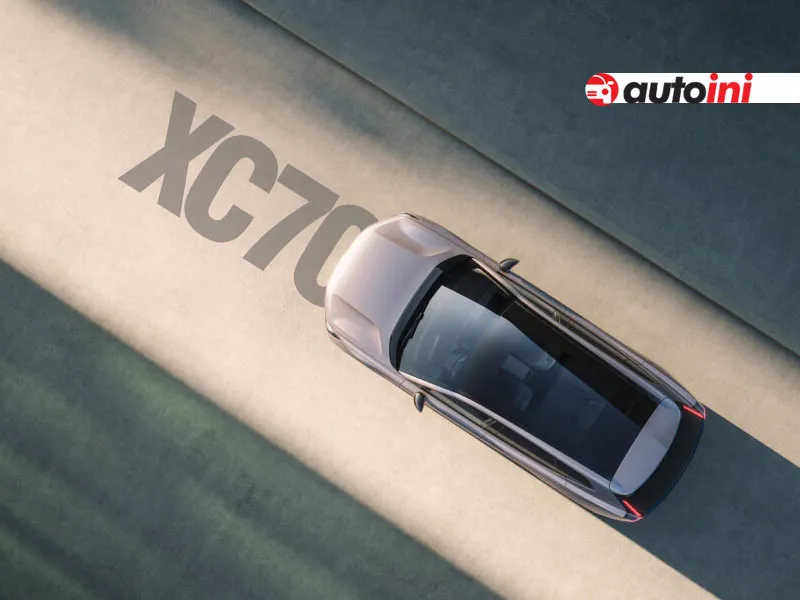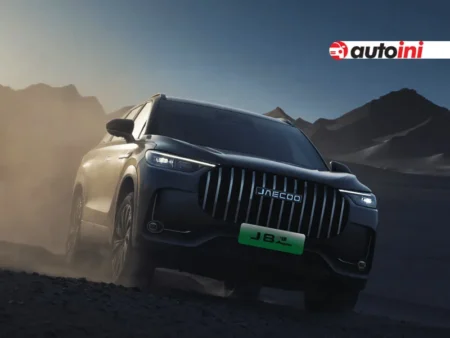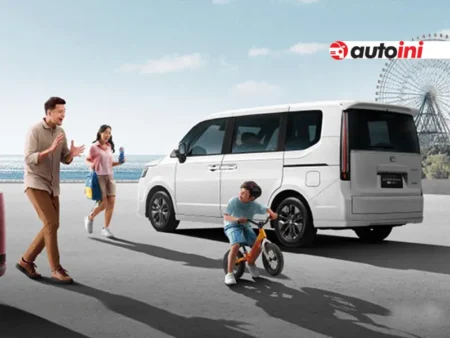Autoini.com – TransJakarta has grown into the world’s largest Bus Rapid Transit (BRT) system, serving more than 1 million passengers daily. Its strength lies not only in high-capacity buses but also in smaller feeder vehicles like vans, plus a smart integration system through JakLingko. The TransJakarta bus fleet is evolving quickly, with electric buses expanding and vans from brands like Daihatsu and Wuling ensuring coverage in dense urban areas. Let’s explore the official fleet brands, types, and the city’s vision for a fully electric system by 2030.
Major TransJakarta Bus Brands

The backbone of the TransJakarta network consists of reliable international and local manufacturers. Leading brands include:
- Mercedes-Benz – long trusted for large-capacity city buses (OC 500 RF, OH 1626).
- Scania – famous for CNG and diesel articulated buses for Jakarta’s busiest corridors.
- BYD – providing electric buses, helping Jakarta transition to zero-emission transport.
- Zhongtong – rapidly expanding their electric bus presence in Jakarta.
- Golden Dragon and Skywell – additional Chinese manufacturers contributing to the e-bus fleet.
- Laksana – Indonesian bodybuilder producing bus bodies for global chassis brands.
Also Read: Best Bikes for Women in Indonesia 2025
TransJakarta Vans for Feeder Routes

Besides buses, TransJakarta also deploys vans and small MPVs on feeder services. These vehicles help passengers connect from narrow neighborhood streets to main corridors:
- Daihatsu Gran Max – the most common van used for feeder routes, offering flexibility and low running costs.
- Wuling Formo and Wuling Confero – Chinese-made vans that add modern features, better comfort, and support for high-frequency feeder operations.
These vans are officially part of the TransJakarta system and provide a crucial role in last-mile connectivity while being integrated into JakLingko.
Types of TransJakarta Fleet Vehicles
The system operates a diverse mix of vehicles to match road conditions and passenger volume:
- Electric buses – growing fleet from BYD, Zhongtong, Golden Dragon, and Skywell.
- Articulated buses – double-section buses for the busiest corridors.
- Large single-deck buses (12m) – core vehicles serving major BRT routes.
- Medium buses – supporting mid-capacity routes.
- Vans / MPVs – Daihatsu and Wuling vans used in official feeder services.
Electric Bus Growth in 2025

Jakarta is accelerating its electric bus program. As of mid-2025, around 400 electric buses are operating in TransJakarta corridors, supplied by BYD, Zhongtong, and Skywell. The city aims for 50% of the fleet electrified by 2025 and 100% by 2030. These buses not only reduce emissions but also lower operational costs by up to 10% compared to diesel.
JakLingko Integration
JakLingko is the integrated ticketing and payment system that connects TransJakarta with MRT Jakarta, LRT Jakarta, and KRL commuter rail. Passengers can use a single card or mobile app for all public transport in Jakarta. Vans and feeder buses are fully integrated under this system, making transfers smooth and affordable. This unified network ensures TransJakarta remains the backbone of urban mobility.
TransJakarta Fleet Overview 2025
| Vehicle Type | Function | Main Brands | Electric Options |
|---|---|---|---|
| Articulated Bus | High-capacity trunk routes | Mercedes-Benz, Scania | Yes (future models) |
| Large Bus (12m) | Main BRT corridors | Mercedes-Benz, Scania, Zhongtong, Golden Dragon | Yes |
| Medium Bus | Mid-sized routes | Laksana-bodied units | Yes |
| Vans / MPVs | Feeder & JakLingko routes | Daihatsu Gran Max, Wuling Formo | Planned in future |
Strengths and Challenges of the Fleet
Strengths
- Diverse fleet tailored for different routes
- Rapid electric bus adoption reduces pollution
- JakLingko integration simplifies ticketing
- Use of vans (Daihatsu & Wuling) improves feeder coverage
Challenges
- High upfront cost of electric buses and chargers
- Managing multiple brands and maintenance needs
- Gradual phase-out of older diesel buses
Conclusion – TransJakarta bus fleet 2025
The TransJakarta bus fleet in 2025 represents a modern mix of large buses, articulated units, and feeder vans. With Daihatsu Gran Max and Wuling vans enhancing last-mile connections, and JakLingko integration unifying the city’s transport system, Jakarta is building a future-ready network. The rapid shift toward electric buses also puts Jakarta on track to achieve its 2030 clean mobility target.
Also Read: Top 10 Best Selling Cars in Indonesia
FAQs – TransJakarta
What brands of buses does TransJakarta use?
Major brands include Mercedes-Benz, Scania, BYD, Zhongtong, Golden Dragon, and Skywell, with bodies by Laksana.
Does TransJakarta operate vans?
Yes, TransJakarta uses vans such as the Daihatsu Gran Max and Wuling Formo/Confero for feeder routes. These vans are integrated into the official system via JakLingko.
How does JakLingko improve TransJakarta?
JakLingko allows seamless ticketing across buses, vans, MRT, LRT, and KRL. It simplifies payments and makes public transport more efficient for Jakarta residents.
What is TransJakarta’s electrification target?
Jakarta aims for 50% of its fleet electrified by 2025 and 100% fully electric by 2030, reducing air pollution and fuel costs.

MUST READ
How to Avoid Traffic Jam in Indonesia
Smart Ways to Minimize Delays During Indonesia’s Traffic Rush!



























































